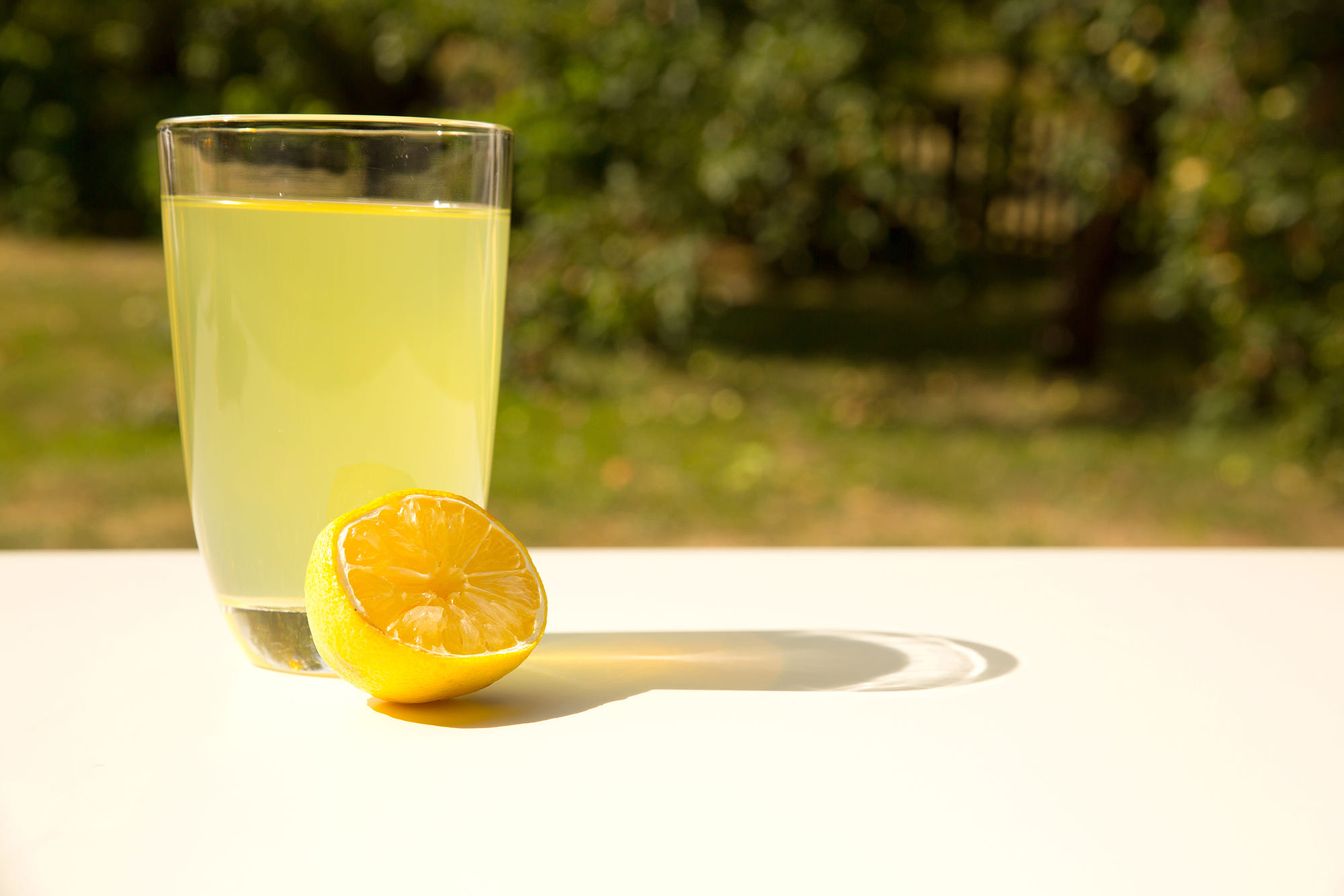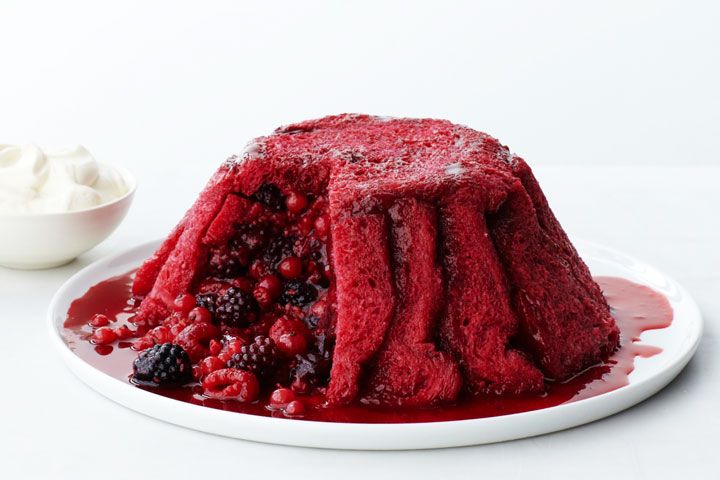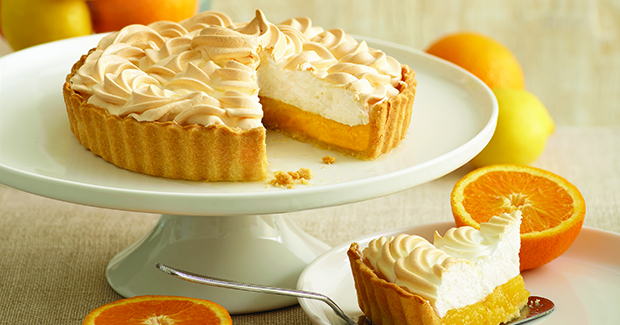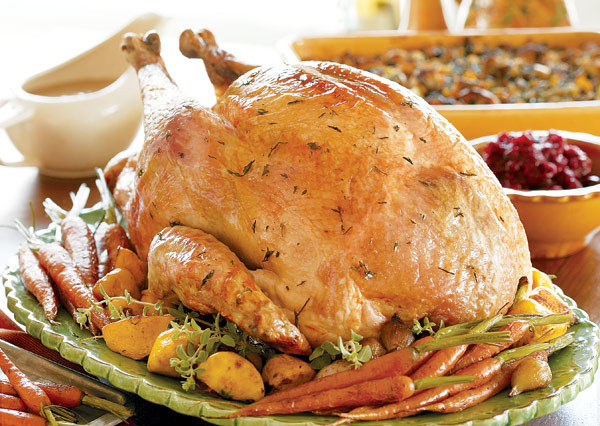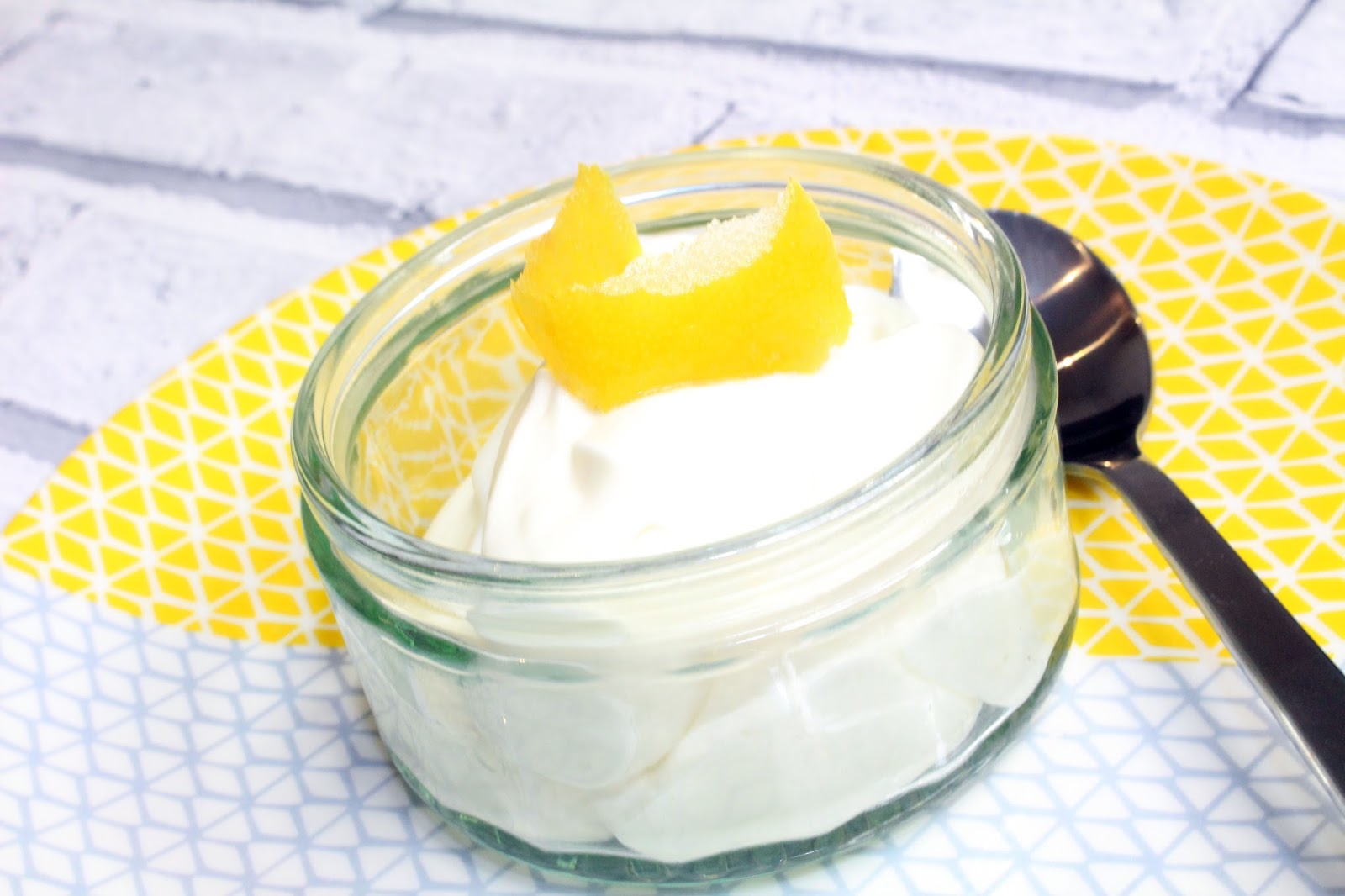В период преподавания курсов Джейсон продемонстрировал свои высокие профессиональные качества, а также человеческие, которые помогали поддерживать интерес и вовлеченность на протяжении всего курса. Преподаватель должен...
- Онлайн-курс Cracking English Pronunciation
- Job Interview
- Подготовка к Duolingo English Test
- Общий курс с носителем
- Юридический английский
- Разговорный курс
- Бизнес английский
- Разговорный Клуб
- Экскурсии на английском
- Подготовка к TOEFL
- Индивидуальное обучение
- Обучение по Skype
- Вебинары и видеокурсы
- Праздничные интенсивы
Занимаюсь у Valentino уже 2 месяца и могу сказать, что этот преподаватель показал насколько увлекательным может быть изучение английского языка. Время на занятиях бежит незаметно. Не смотря на то, что материала много,...
- Летняя программа для детей и подростков Windsorland
- Британская программа
- Курс письма для подростков
- Индивидуальное обучение
- Подготовка к ЕГЭ 2025
- Английский для детей 3-5 лет
- Английский для детей 6-9 лет
- Английский для детей 10-12 лет
- Английский для подростков
- Английский с носителями
- Английский разговорный клуб для подростков
Все мои знакомые отдали своих детей изучать язык с 3 лет. Сейчас, спустя несколько лет, они хорошо говорят на английском языке, ничем не хуже, чем на русском. Поэтому год назад, руководствуясь их опытом, решила отдать...
Мне необходим экзамен IELTS для поступления в университет. Я готовилась к экзамену с преподавателем Стивеном. Мне очень понравился мой преподаватель, то, как он преподносит информацию и как объясняет материал. Он всегда...
Я очень рада, что нашла школу Windsor! Я смогла получить всё, что хотела и даже больше. Программа была отличная и очень информативная! Преподаватель дал очень много полезной информации, которая касалась не только...





